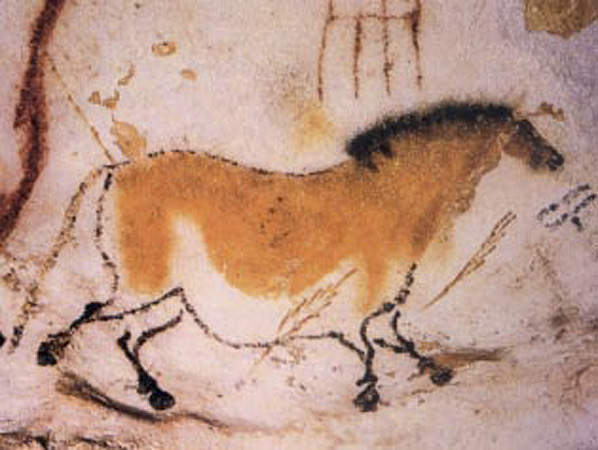The ‘Lascaux Cave Horse’ is an example of early human creativity that responded to the need for commonality. In this painting, the artist depicted an animal that was used by their group of people for transportation and hunting, which showed the spirit of cooperation and belonging. It is difficult to believe that people were able to create such sophisticated paintings as early as the Upper Paleolithic period. Yet the researchers have found that some of the materials used for the painting were not even local. Hence, not only did the painter have the talent and imagination, but they also were rather thoughtful and creative in regard to the means of creating their art.
According to one of the course videos, one of the ways of getting black color was a sporadic form of manganese, which was located 150 miles from the Lascaux Cave (“Cave Art: Complex Paintings from the Stone Age”). What is more, it was necessary to burn the stone containing manganese in order to get that color. The ‘Lascaux Cave Horse’ demonstrates a high level of artistry and creativity even though it was made many thousands of years ago.

An example of 21st-century art is music, which is also used for the purpose of communality. People composing and singing songs reflect their feelings and belonging to some group. For example, songs about the lives of Black people promote big ideas in society and have the potential to initiate changes in society. Billie Holiday’s ‘Strange Fruit,’ dedicated to an account of lynching in the South, was one of the first protest songs of the Civil Rights Movement. Therefore, art has been used to represent communality throughout centuries. Even though the means have changed, the idea behind it remains the same.
Works Cited
“Cave Art: Complex Paintings from the Stone Age.” YouTube, uploaded by World History Encyclopedia. 2018. Web.
“Painting of a Horse, Lascaux Cave.” World History Encyclopedia. 2016. Web.